 All Our Tours
All Our Tours
Written by: Vicky Nguyen
Updated date:03/06/2025
Hello, I’m Vicky! As a passionate travel enthusiast and tour planner at Asia Viva Travel, I’ve gathered extensive experience traveling across Vietnam and other captivating destinations in Southeast Asia. Now, I’m thrilled to share these adventures with you through my blog. From my journeys, I’ve gained a deep understanding of the unique cultures, hidden gems, and unforgettable experiences that this region has to offer. My goal is to bring you authentic and practical insights to help you design your own remarkable adventures. Join me, and let’s discover these extraordinary places together!
Contents

Where nature and culture thrive in harmony – Welcome to Nam Ha
Located just 5 kilometers southwest of Luang Namtha town in northern Laos, the Nam Ha National Biodiversity Conservation Area spans across five districts of Luang Namtha Province. Covering more than 2,000 square kilometers, it is one of the largest protected areas in the country. This vast landscape encompasses lowland plains, dense tropical forests, and mountain ranges, making it a vital habitat for a rich array of flora and fauna. The area is especially renowned for its remarkable birdlife, with over 300 recorded species – some of which are endemic and cannot be found anywhere else in the world.

Nam Ha NPA – A vast sanctuary across northern Laos
Thanks to its favorable climate and varied terrain,ranging from lowland valleys to rugged highlands, the Nam Ha National Protected Area has long been a sanctuary for rich biodiversity. Officially established in 1993 by the Lao government, it was created to protect this ecologically vital region and support sustainable development for local communities. A major milestone came in 2003, when Nam Ha was honored as an ASEAN Heritage Park, the only site in Laos to receive this prestigious designation. This recognition not only reflects the area’s exceptional natural value but also underscores international acknowledgment of Laos’ commitment to environmental conservation. The title stands as a testament to decades of preservation efforts, securing Nam Ha’s place as a leading example of biodiversity protection in Southeast Asia.
Nam Ha’s remarkable biodiversity is deeply shaped by its unique geographic location and varied terrain. Situated in the mountainous northwest of Laos, near the border with China and Myanmar, the area lies at the crossroads of several ecological zones. This gives rise to a mix of lowland valleys, mid-elevation forests, and rugged highlands, creating diverse microclimates that support a rich tapestry of life.
The tropical monsoon climate, with distinct wet and dry seasons, nourishes dense evergreen and semi-evergreen forests. These ecosystems are home to a wide range of species, including clouded leopards, Asian golden cats, and endangered black-cheeked crested gibbons. The altitudinal variation, from 500 to over 2,000 meters, also allows for a layering of habitats, where rare orchids thrive at higher elevations while lowland rivers host amphibians, freshwater fish, and wetland birds. This interplay between geography and climate makes Nam Ha a living mosaic of biodiversity, unmatched in northern Laos.
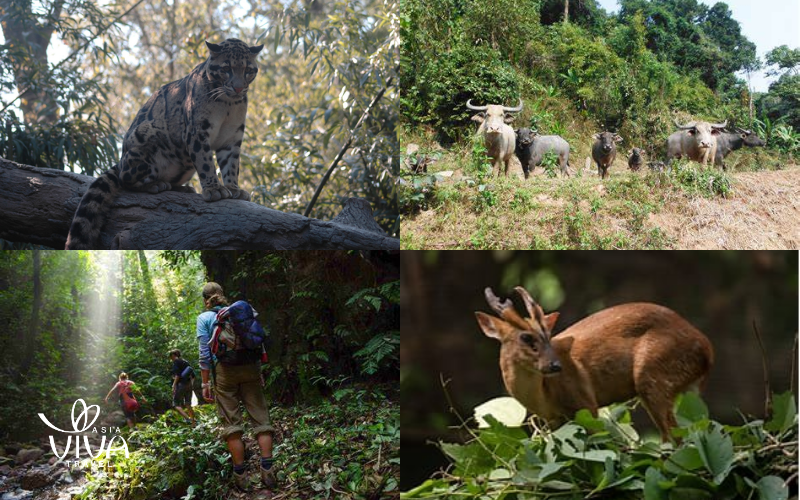
A living mosaic – Wildlife thrives in every layer of the forest
With its gentle terrain and accessible forest trails, Nam Ha National Biodiversity Conservation Area is an ideal destination for trekking enthusiasts. This activity is especially popular among nature lovers eager to discover the area’s rich biodiversity—observing native plant species, spotting wildlife, and immersing themselves in the sounds and rhythms of the jungle. Trekking tours in Nam Ha can take place both during the day and at night, offering different perspectives of the forest ecosystem.
Notably, to ensure the sustainability of these experiences, Nam Ha’s eco-guides have collaborated with the Nam Ha National Protected Area (NPA) management to implement a ‘trekking and NPA user permit’ fee system. Starting at around $1 USD, this fee may vary depending on the tour’s length and complexity, but it plays a crucial role in supporting conservation efforts and maintaining responsible tourism practices within the reserve.
Laos is home to 50 diverse ethnic groups, each with its own distinct language and cultural identity. In the Luang Namtha region, you’ll find communities such as the Khamu, Akha (Eko), Hmong, Yao (Ioumien), and Lanten. Particularly noteworthy are the Lao, Tai Lue, Tai Neua, and Thai Den people, whose villages are located within or near the Nam Ha National Biodiversity Conservation Area, including areas close to the historic town of Muang Sing.
Life in these villages is simple and deeply connected to the land, with sugarcane and rubber as the main crops. A visit to Nam Ha is not complete without stepping into these vibrant local communities. Tourists can walk through rubber plantations, try their hand at cutting sugarcane, or explore lively markets where villagers trade agricultural goods and handmade products. These interactions offer a rare and meaningful glimpse into daily life and form one of the most enriching experiences within the Nam Ha Reserve.
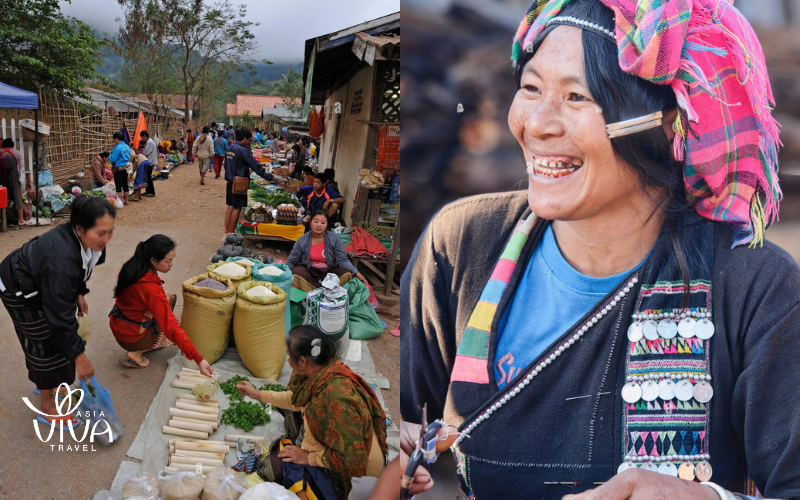
Beyond the forest – Meet the heart of Nam Ha’s culture
For truly local and well-curated experiences, Asia Viva Travel can help you connect with these communities in an authentic and respectful way.
In addition, visitors can simply stroll in Nam Ha National Biodiversity Conservation Area, spend time enjoying the fresh air, some other activities can be mentioned such as: kayaking, visiting temples,…
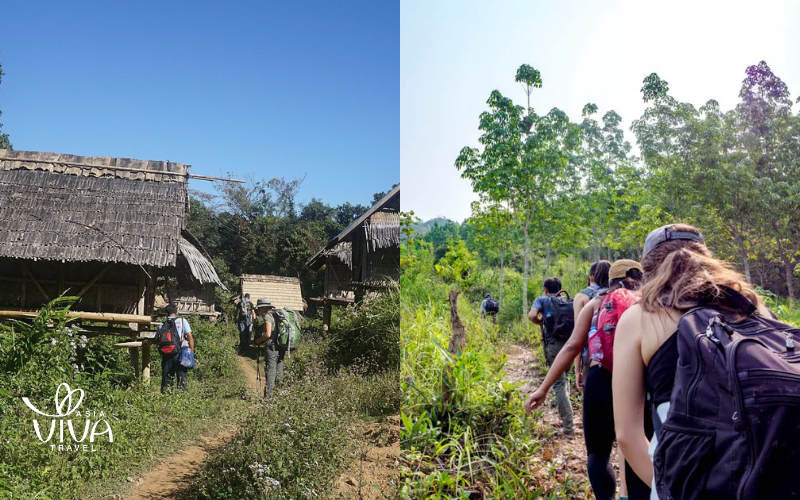
Step into the wild – Explore with purpose and respect
The best time to visit Nam Ha National Biodiversity Conservation Area is during the dry season, from November to March. During this period, the weather is cool and pleasant, with clear skies that make trekking and wildlife observation more enjoyable. Trails are easier to navigate, local festivals often take place, and cultural experiences in ethnic villages become even more vibrant. If you’re seeking both natural beauty and meaningful local interaction, this is the ideal time to explore Nam Ha.
Reaching Nam Ha National Biodiversity Conservation Area is most convenient via Luang Namtha town, the main gateway to the reserve. You can fly from Vientiane or Luang Prabang to Luang Namtha Airport, which offers regular domestic flights. From the airport or town center, it’s just a short 5–10 km journey to the reserve by tuk-tuk, motorbike, or local transport. For those coming overland, buses from major Lao cities or northern Thailand (such as Chiang Rai) also connect to Luang Namtha. Once there, guided tours and eco-trekking programs can be easily arranged through local operators or travel agencies like Asia Viva Travel, ensuring a seamless and enriching journey into the heart of Nam Ha’s wilderness.

Find your rhythm – Kayak, reflect, and wander the hidden trails
Reaching Nam Ha National Biodiversity Conservation Area is most convenient via Luang Namtha town, the main gateway to the reserve. You can fly from Vientiane or Luang Prabang to Luang Namtha Airport, which offers regular domestic flights. From the airport or town center, it’s just a short 5–10 km journey to the reserve by tuk-tuk, motorbike, or local transport. For those coming overland, buses from major Lao cities or northern Thailand (such as Chiang Rai) also connect to Luang Namtha. Once there, guided tours and eco-trekking programs can be easily arranged through local operators or travel agencies like Asia Viva Travel, ensuring a seamless and enriching journey into the heart of Nam Ha’s wilderness.
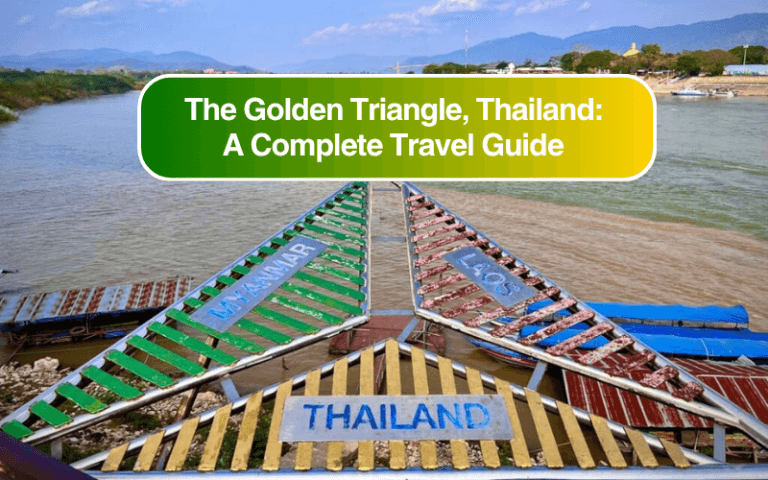
 19/11/2025
19/11/2025The Golden Triangle is one of the most legendary travel destinations in Southeast Asia, known for its history, stunning river landscapes, and multicultural influence

 08/10/2025
08/10/2025Discover Laos airports: 11 international & domestic hubs connecting travelers to Vientiane, Luang Prabang, Pakse, and nearby Southeast Asian countries.

 05/09/2025
05/09/2025Discover the Bolaven Plateau in southern Laos – explore stunning waterfalls, coffee plantations, local markets, and scenic loops with our complete travel guide
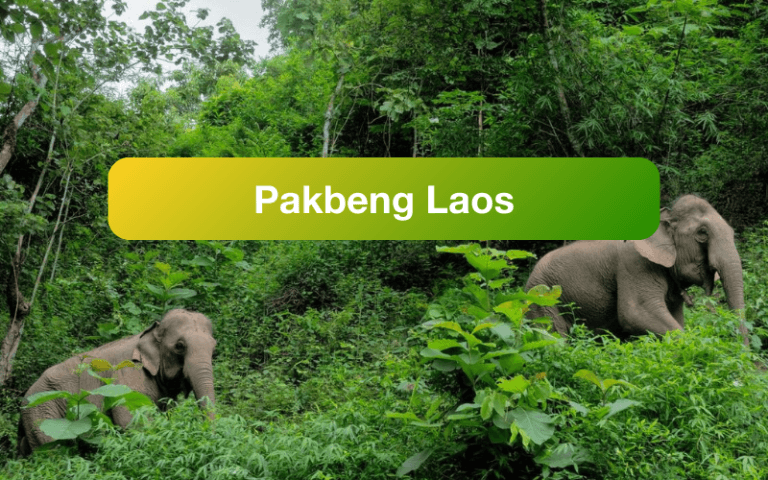
 23/08/2025
23/08/2025A true vagabond experience in the Pakbeng Laos river region, where the pace of life slows down on a slow boat trip, exploring peacefu villages and l landscapes